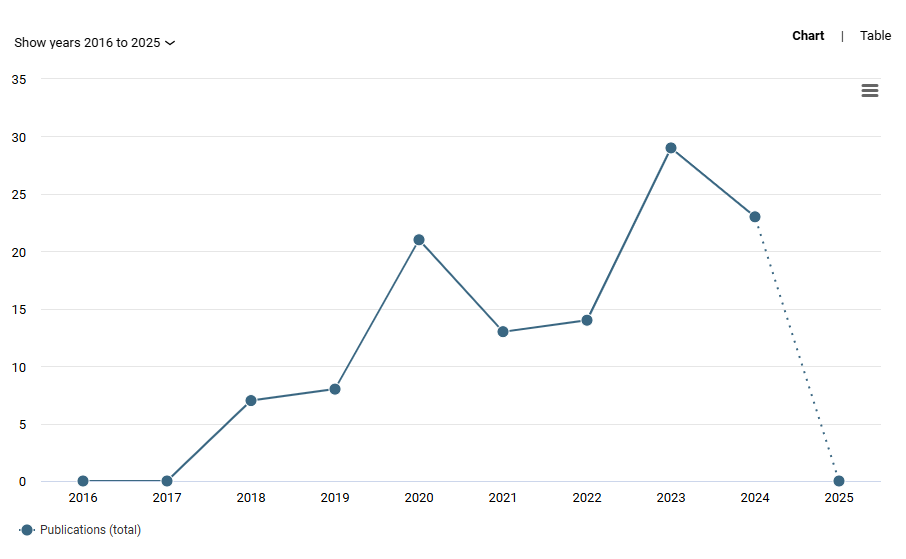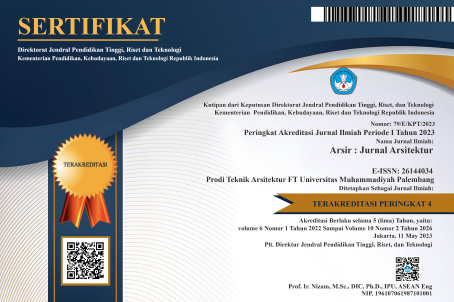Analysis of Urban Transportation Problems
Case Study: Jalan Basuki Rachmat at U-Turn Area Pagi Sore Restaurant Palembang
DOI:
https://doi.org/10.32502/arsir.v9i1.191Keywords:
city image, traffic jam, u-turn, horseshoe flyoverAbstract
Congestion is one of the city's problems that really disrupts travel activities. One of the worst traffic jams in Palembang City occurs in the u-turn area in front of the Morning and Sore Restaurant, Jalan Jenderal Basuki Rachmat in Kemuning District, Palembang City. This road experiences traffic problems which damage the city's image through the phenomenon of congestion in the area. The aim of this research is to contribute to solving urban problems related to urban transportation in the Basuki Rachmat Palembang area and also to lead to Palembang's local wisdom from a decorative side. This research was conducted using a qualitative descriptive method, data sources from primary and secondary data. The data will be analyzed using a scientific approach, especially in the fields of architecture and urban planning. This research reveals that there are 6 factors that cause traffic jams on Jalan Basuki Rachmat Palembang, namely U-Turn, Jalan Rimba Kemuning, Jalan Rimba Kemuning 1, illegal road control officers, portals that suddenly block u-turns, and drivers' actions against the flow. Then, the image of the Jalan Basuki Rachmat corridor area is in the form of a district and is dominated by a shopping district for goods and services. The solution to combating congestion at U-turns is to plan horseshoe type flyover infrastructure.
Downloads
Published
How to Cite
Issue
Section
License
Copyright (c) 2025 A.Bayu Adi Pratama B., Prisca Yeniyati, Yohanes Johen, Dustin Nicholas Putra

This work is licensed under a Creative Commons Attribution-ShareAlike 4.0 International License.
Arsir: Jurnal Arsitektur (AJA) have CC-BY-SA or an equivalent license as the optimal license for the publication, distribution, use, and reuse of scholarly work.
Authors who publish Arsir: Jurnal Arsitektur (AJA) agree to the following terms: Authors retain copyright and grant the Arsir: Jurnal Arsitektur (AJA) right of first publication with the work simultaneously licensed under a Creative Commons Attribution License (CC BY-SA 4.0) that allows others to share (copy and redistribute the material in any medium or format) and adapt (remix, transform, and build upon the material) the work for any purpose, even commercially, with an acknowledgement of the work's authorship and initial publication in Arsir: Jurnal Arsitektur (AJA). Authors are able to enter into separate, additional contractual arrangements for the non-exclusive distribution of the journal's published version of the work (e.g., post it to an institutional repository or publish it in a book), with an acknowledgement of its initial publication in Arsir: Jurnal Arsitektur (AJA). Authors are permitted and encouraged to post their work online (e.g., in institutional repositories or on their website) prior to and during the submission process, as it can lead to productive exchanges as well as earlier and greater citation of published work (see The Effect of Open Access).
![]()
Work is distributed below This work is licensed under a Creative Commons Attribution-ShareAlike 4.0 International License.










